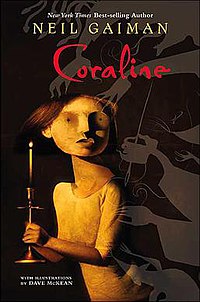Aardema, V. (1975). Why mosquitoes buzz in people’s ears.
New York, NY: Dial Books
Aardema
does an excellent job retelling this pourquoi folktale from West Africa. This
story fits into the category pourquoi tale because of the explanation of a
phenomenon of nature. Like many traditional
literature selections the plot for Why Mosquitoes Buzz in People’s Ears is short and simple. Mosquito tries to talk to iguana, but the iguana is not
interested which unintentionally sets off a series of events that leads to an
explanation as to why indeed mosquitoes buzz in people’s ears.. The reader does
not get a lot of back information about the flat characters. Mosquito’s character helps develop the
plot but is not described fully and is seen as bad. Most of traditional literature has an unimportant and vague
setting and this book is no different.
The story begins with “One morning” and although it is not described
thanks to the illustrations we can assume it is outside. The theme is subtle and is not
expressed in an obvious way. The theme, in my opinion, is to not jump to
conclusions and get the full story.
The animals reacted to a previous animal’s action before finding out
what was going on. Since they
jumped to conclusions and acted before finding out the facts a devastating
thing happened to Owl and the other animals suffered because of it.
Why Mosquitoes Buzz in People’s Ears is a 1976 Caldecott Award winning picture book
illustrated by Leo and Diane Dillon.
This book made history because Leo Dillon was the first African-American
illustrator to win this award. The
illustrations are of high quality and help tell the story. Several different types of media,
watercolors, pastels, ink and cut-outs, were used to create the
illustrations.
The
targeted audience is primary school aged students but I think all elementary
school students would enjoy this story.
Young students always have “why” questions and want to know why things
are the way they are. Reading this
book reminded me of a student I had in one of my first grade classes. He wanted to know about EVERYTHING,
from why dogs bark to why we had two legs and arms. This book would be an excellent introduction to a great
discussion and writing prompt. The
BIG questions to ask:
- Why
did the other animals blame mosquito for the events that occurred in the
story?
- Have
you ever jumped to a conclusion like the animals in the story? What
happened?

